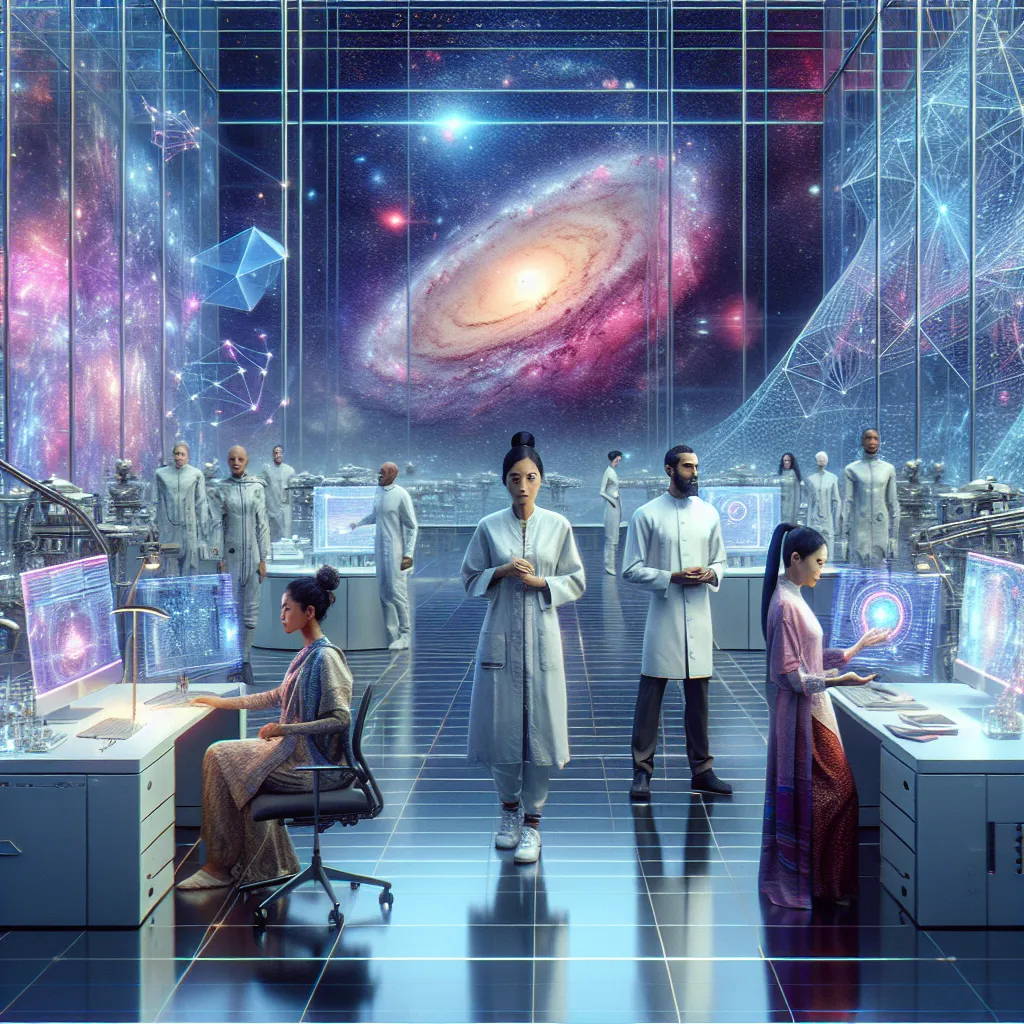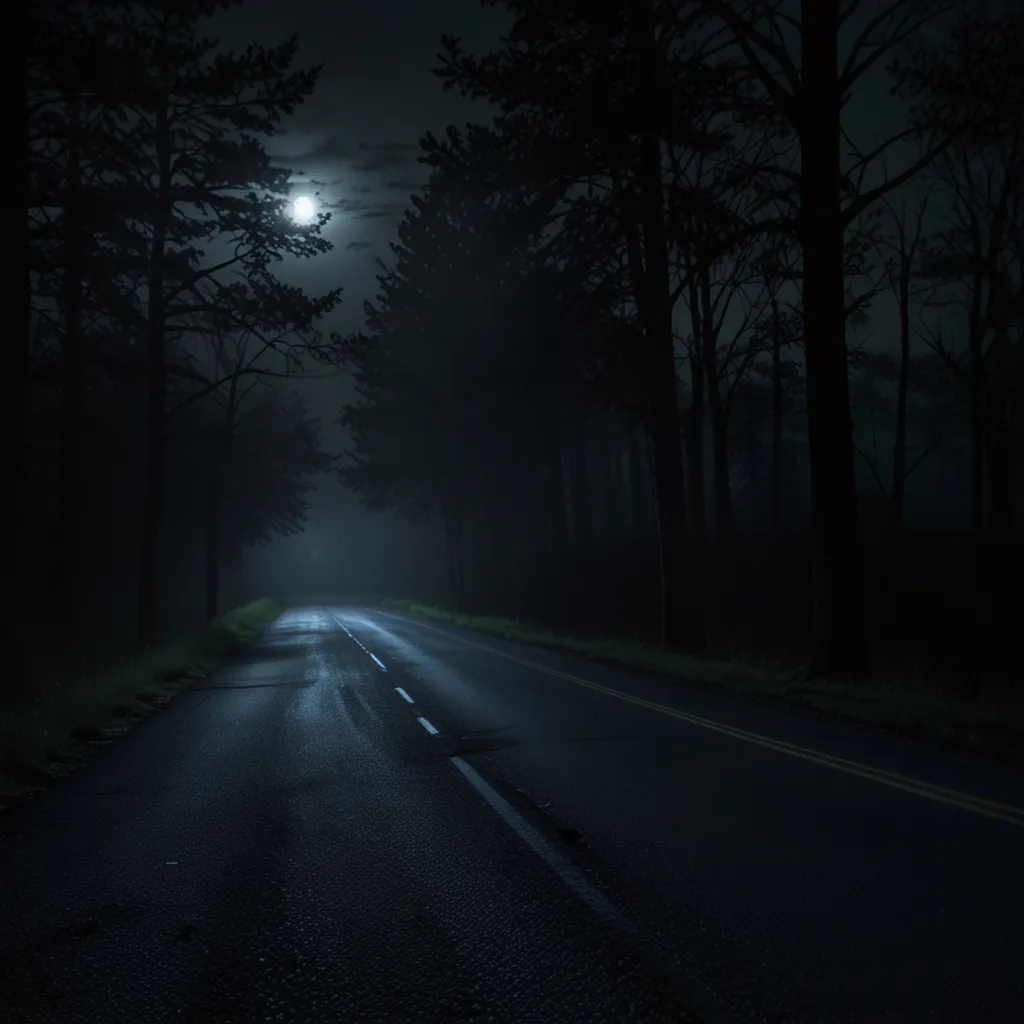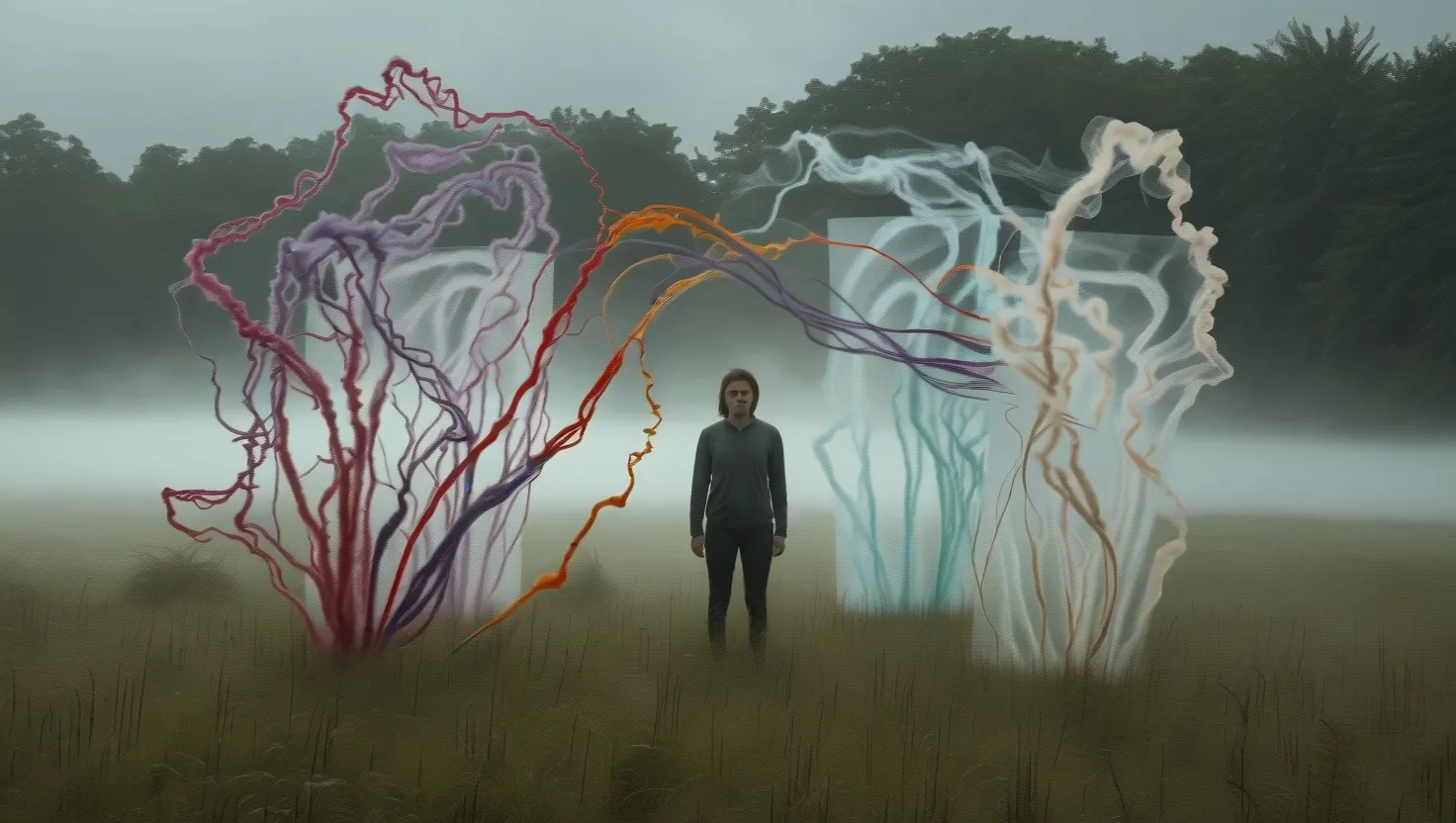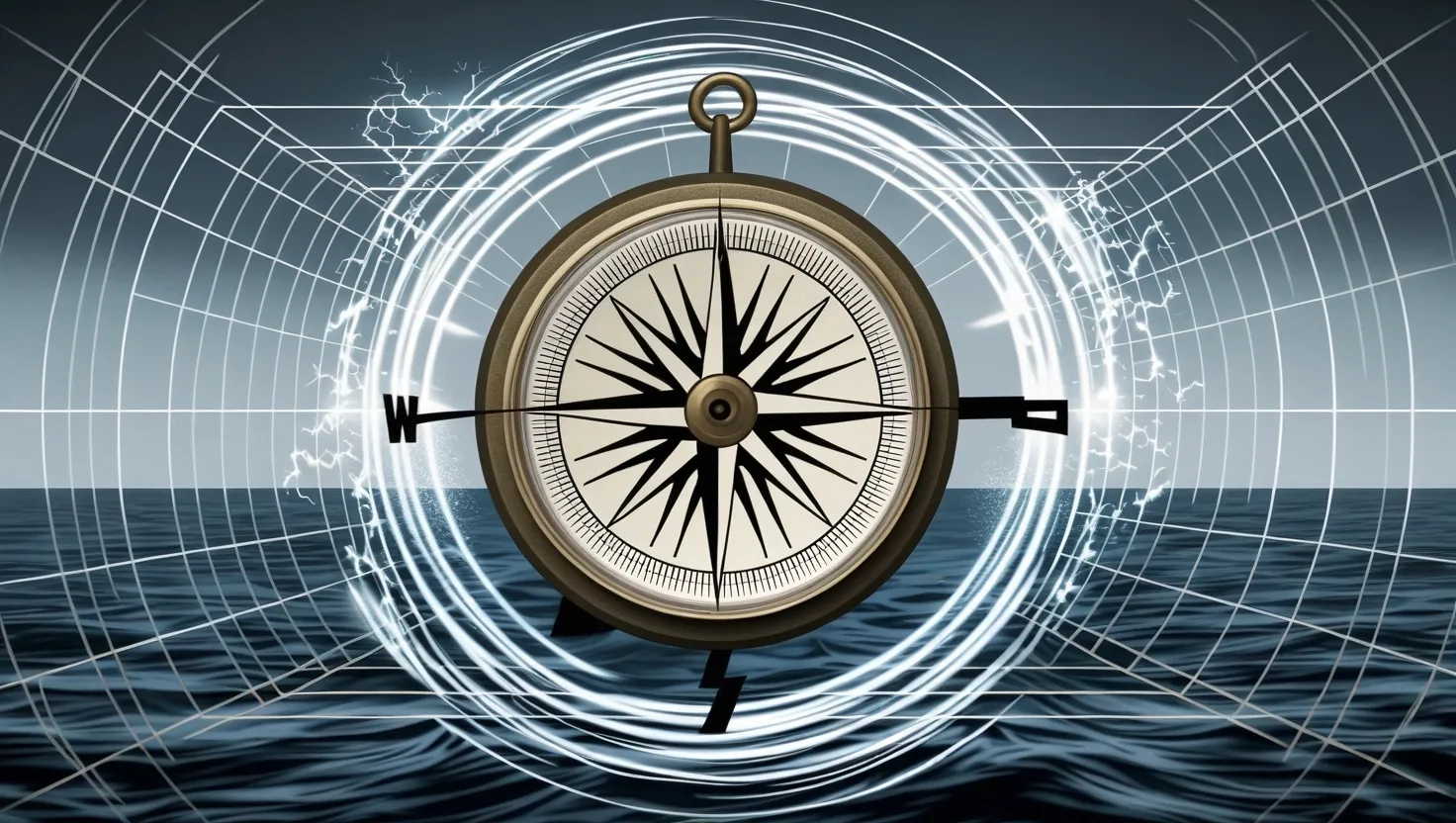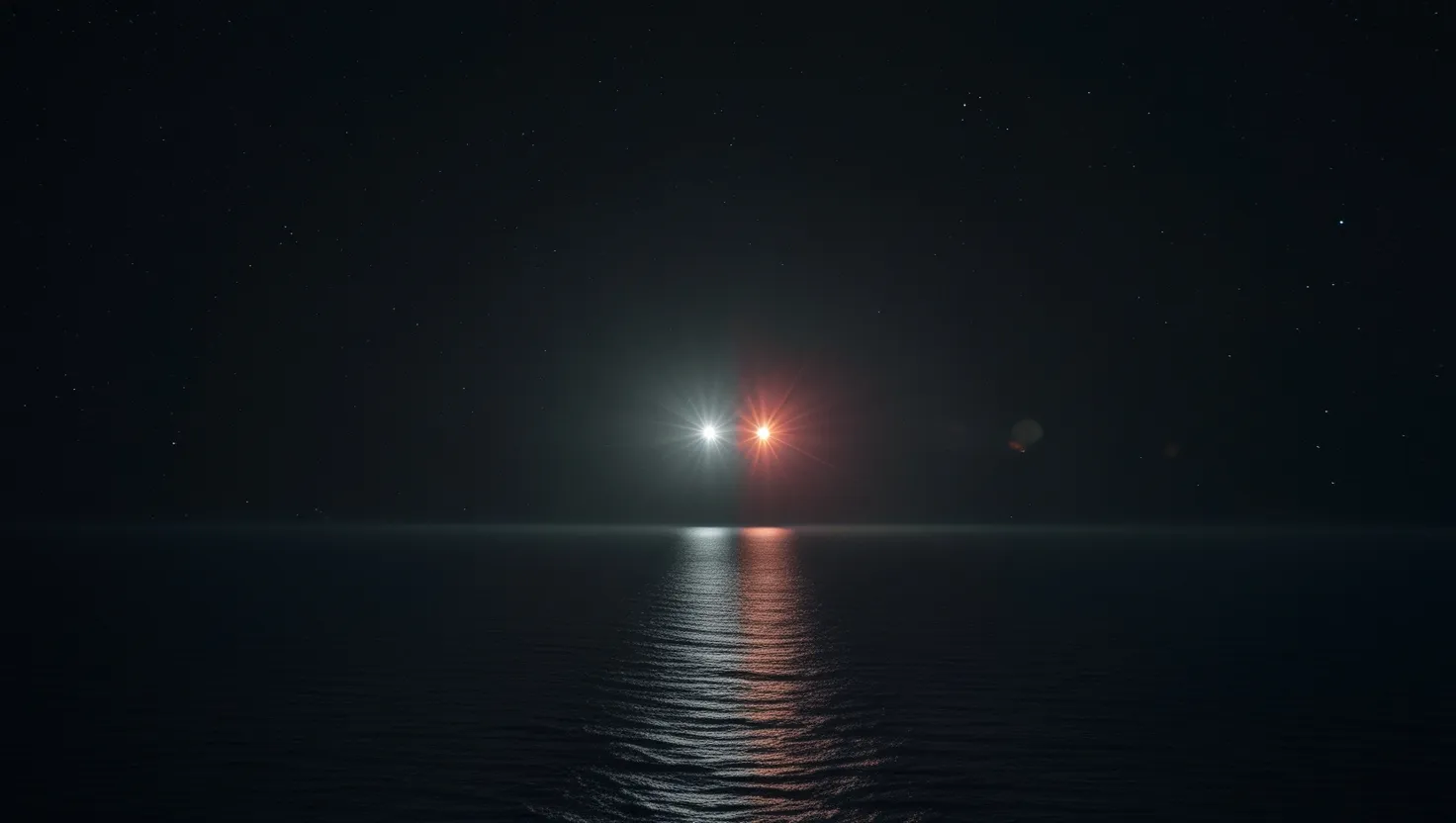We humans have always tried to understand the true nature of the universe. However, our senses and brains can only grasp a tiny part of it. To bridge this gap, we depend on concepts and tools to learn more. Technological advancements have certainly broadened our knowledge, but they’ve also brought up some unsettling questions. One of those questions is whether it’s possible to simulate entire universes. If it is, how can we be sure we’re not already living in one? What if we are creations, not creators? Could we be unaware that we aren’t real?
Currently, physics suggests that simulating the entire universe—full of trillions upon trillions of objects—is impossible. Thankfully, it’s not necessary to simulate everything. You only need to create enough of a universe to fool the inhabitants of the simulation into believing it’s real. Billions of galaxies? Unnecessary. We only need to simulate the space our subjects can explore. The entire vast universe could be a simple projection without anyone knowing. Small things like cells or bacteria? They don’t need to be constantly simulated. What you see under a microscope could be spontaneously generated. The chair you’re on doesn’t need to be filled with countless atoms. Only its outer layer needs to exist until you decide to cut it open. Your body could feel full until you actually open it.
To run a convincing simulation, all that’s really needed is for our virtual humans to believe the simulation is real. But are we being simulated? It’s a complex question with no definitive answer. However, based on an interpretation of Nick Bostrom’s simulation argument, five key assumptions come into play. If they hold true, you might be living in a simulation.
Firstly, it must be possible to simulate consciousness. We don’t know what consciousness truly is, but let’s assume it can be simulated by mimicking a brain. Brains are incredibly complex, performing hundreds of trillions of operations per second. If you want to simulate all of human history for 200 billion humans, you would need a computer capable of a mind-boggling number of operations. Such a computer seems impossible—unless it isn’t.
Secondly, technological progress must continue. If our technological advancements persist, future civilizations could develop computers with almost limitless power. Take the Matrioshka Brain, a theoretical megastructure using a star’s energy to power massive computations. Such a computer could simulate countless humanities simultaneously. Maybe future quantum computers could do this on a smaller scale. But this is only possible if advanced civilizations stick around long enough to build such computers.
Next, these civilizations must not destroy themselves. If all advanced societies self-destruct, all this speculation is moot. Looking into space, we wonder why we don’t see signs of alien civilizations. This could be due to barriers known as Great Filters, like nuclear war or other catastrophic events. If life is doomed to self-destruct, no simulations would exist.
Fourth, advanced civilizations would need to have a desire to run simulations. We can’t presume to understand their motivations. It’s like the smartest ant trying to comprehend human amusement parks. Still, if these advanced beings wanted to run simulations and the first three assumptions hold, there’s a chance you’re living in one.
Lastly, if many simulations exist, you’re likely in one. If posthuman beings have almost limitless computing power, they could run billions of simulations. For every flesh-and-blood being, there could be billions of simulated ones. If so, the odds are high that you are one of the countless simulated beings.
Remember, this is based on many assumptions we cannot currently test. So don’t do anything drastic like burning your house to find glitches. Whether real or simulated, our existence remains equally strange. The best we can do is strive to live good lives and enjoy our experiences—real or not. And let’s hope someone doesn’t accidentally unplug our simulation!
